The Speaking Styles of Harris and Trump Decoded

SUMMARY: Kamala Harris and Donald Trump showcase contrasting speaking and communication styles through their body language, and strategic responses in debates and interviews. Harris emphasizes poise, control, and empathy, using deliberate facial expressions like smiles and smirks to convey confidence. Trump’s dominant body language and confrontational tone help him command attention, even if his responses deflect from tough questions.
Despite inaccuracies, Trump appears believable due to his unwavering confidence, repetition of key phrases, and appeal to emotions. Trump’s direct confrontation, counterattacks, and assertion of accomplishments help him navigate controversies and maintain credibility in communication. Harris and Trump demonstrate the importance of effective communication in politics, where delivery and emotional resonance are as crucial as factual accuracy.

Table of Contents:
- Decoding the Communication Styles of Harris and Trump
- Kamala Harris: A Masterclass in Poise and Control.
- Donald Trump: Charismatic Conviction.
- Hand Gestures.
- Vocal Techniques.
- Why Donald Trump Appears Believable Despite Inaccuracies.
- Addressing Controversies.
- Believability in Communication.
- Conclusion.
- More Speaker & Presentation Posts:
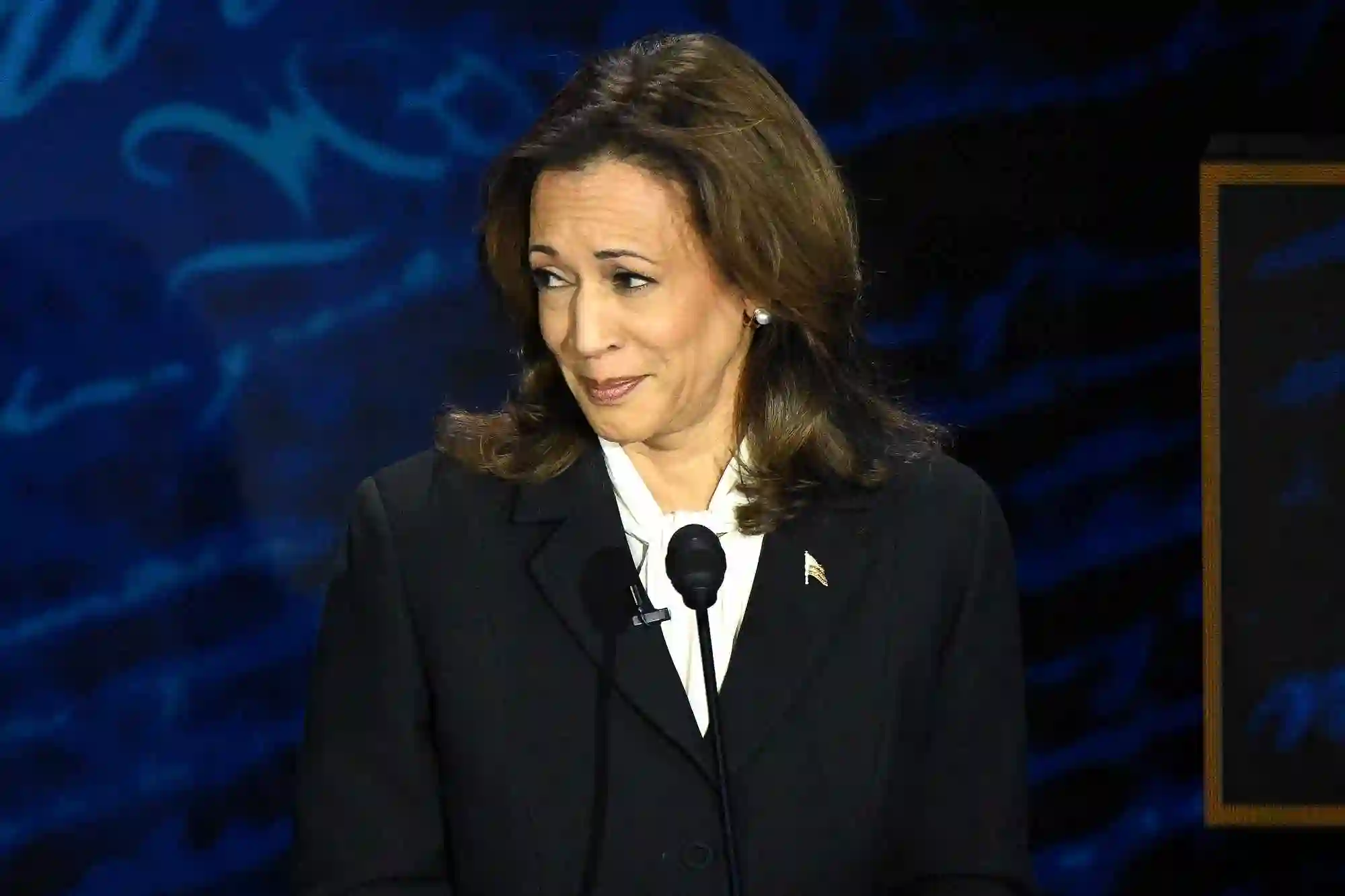
Decoding the Communication Styles of Harris and Trump
Debates and interviews offer a rare, unscripted glimpse into the personalities and communication styles of political leaders. Though from opposite ends of the political spectrum, Harris and Trump have developed unique skills in engaging with their audiences. Their ability to convey confidence, charm, and conviction often sways opinions, regardless of the factual accuracy of their statements. Let’s take a closer look at how they masterfully use facial expressions, body language, tone of voice, and strategic responses to leave a lasting impression on viewers.
Kamala Harris: A Masterclass in Poise and Control.

Kamala Harris, known for her sharp wit and calm demeanor, excels in having a commanding presence while embodying confidence and poise during debates and interviews. Her controlled body language and measured tone make her a formidable presence, allowing her to communicate authority without seeming aggressive. Here’s what makes her stand out:
Facial Expressions: Harris uses her facial expressions deliberately to underscore her points. One of her signature tactics is the well-timed smile or smirk that conveys both confidence and a sense of mastery over the topic at hand.

Harris’s facial expressions play a crucial role in her debate performances. During recent debates, particularly in exchanges with Donald Trump, she has demonstrated an ability to convey a range of emotions without speaking:
Disbelief and Incredulity: When faced with exaggerated claims, Harris often responds with a mix of laughter and raised eyebrows. For instance, during a presidential debate where Trump made a controversial statement about immigrants, Harris visibly reacted with a combination of a frown and a head shake, effectively communicating her disagreement without interrupting.
She can also convey empathy when addressing sensitive or emotional issues like healthcare or social justice. In those instances Harris’s facial expressions soften, showing compassion and understanding. This helps her allow her sincerity to shine through and connect with viewers on an emotional level.
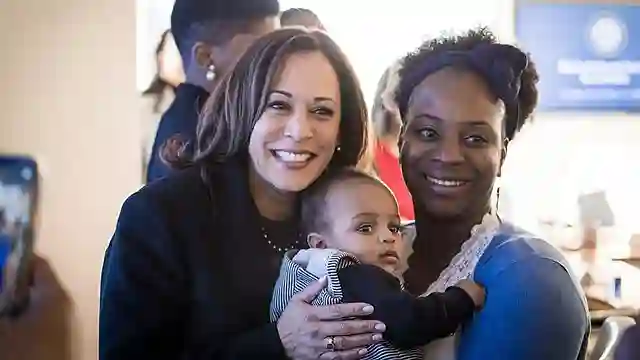
Body Language: Harris is known for maintaining strong, steady eye contact with her audience, an essential technique for building rapport and trust. Her posture is upright and open, signaling both authority and approachability. When making a point, she often uses hand gestures that are precise and intentional, further emphasizing her message without overwhelming her audience.
Direct Engagement: She often turns to face her opponents directly when they speak, demonstrating attentiveness and readiness to respond.
Power Moves: Body language experts have noted Harris’s confident approach, such as walking purposefully toward opponents during introductions, which can be interpreted as a display of warmth combined with assertiveness.
Tone of Voice: In interviews, Harris’s tone remains calm and reassuring, even when discussing controversial or emotionally charged topics. Her ability to soften her voice while still remaining firm allows her to deliver tough messages with empathy, keeping her relatable and likable. She often varies her pitch, raising it slightly when driving home a key point, creating emphasis without sounding overly confrontational.

Response Types: Harris excels at staying on-message, often pivoting smoothly when faced with challenging questions. When asked about contentious topics, she is skilled at reframing the discussion to align with her campaign’s talking points, rather than being drawn into distractions. Her responses tend to be logical, direct, and backed by evidence, further reinforcing her credibility.

Donald Trump: Charismatic Conviction.
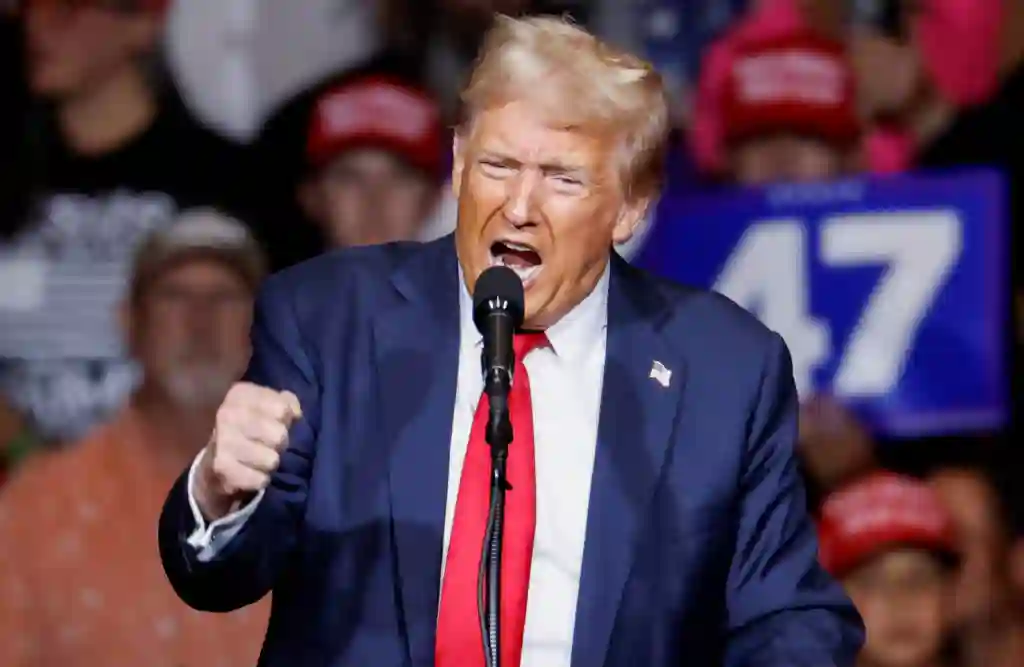
Donald Trump’s communication styles are bold, unconventional, and designed to resonate with his core supporters. His unfiltered approach, combined with his confidence and theatrical delivery, makes him a compelling figure in any debate or interview setting. While some may question the factual accuracy of his statements, Trump has a unique ability to make his points seem believable to his audience.
Facial Expressions: Trump frequently uses exaggerated facial expressions to connect with his audience, often signaling his disapproval or disbelief with a raised eyebrow or pursed lips. During the 2016 and 2020 presidential debates, he often flashed a smirk when listening to his opponents, signaling to viewers that he found their arguments flawed or disingenuous. These expressions, though subtle, cue his audience to view his opponents as weak or incorrect.

Hand Gestures.
Trump’s use of hand gestures is a defining feature of his communication style:
Pointing: Trump frequently uses a pointed finger to direct attention or emphasize a particular point, creating a sense of directness and confrontation.
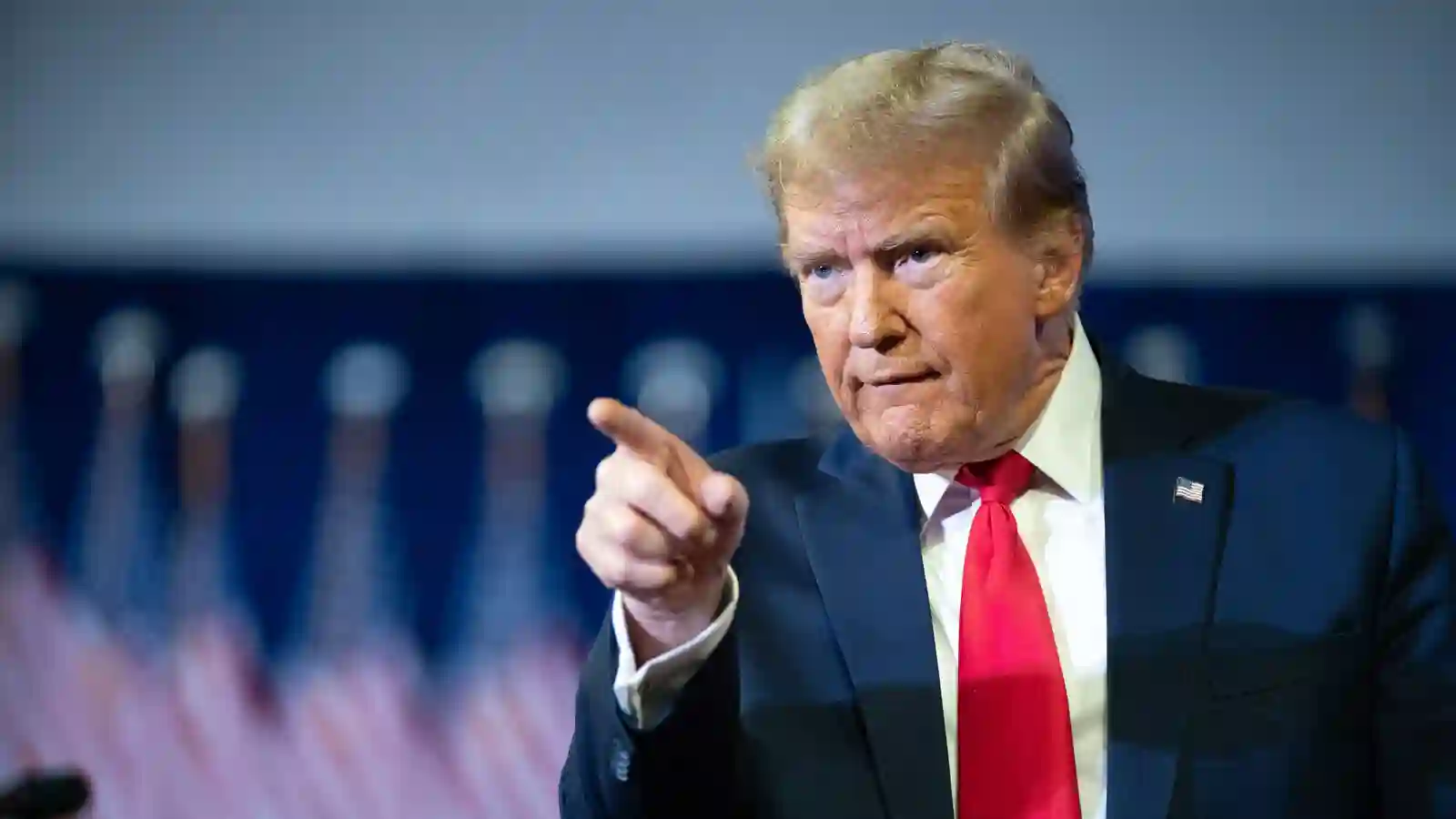
The “OK” Sign: This gesture, formed by joining the thumb and index finger in a circle, is often used by Trump to punctuate statements he considers particularly important or successful.
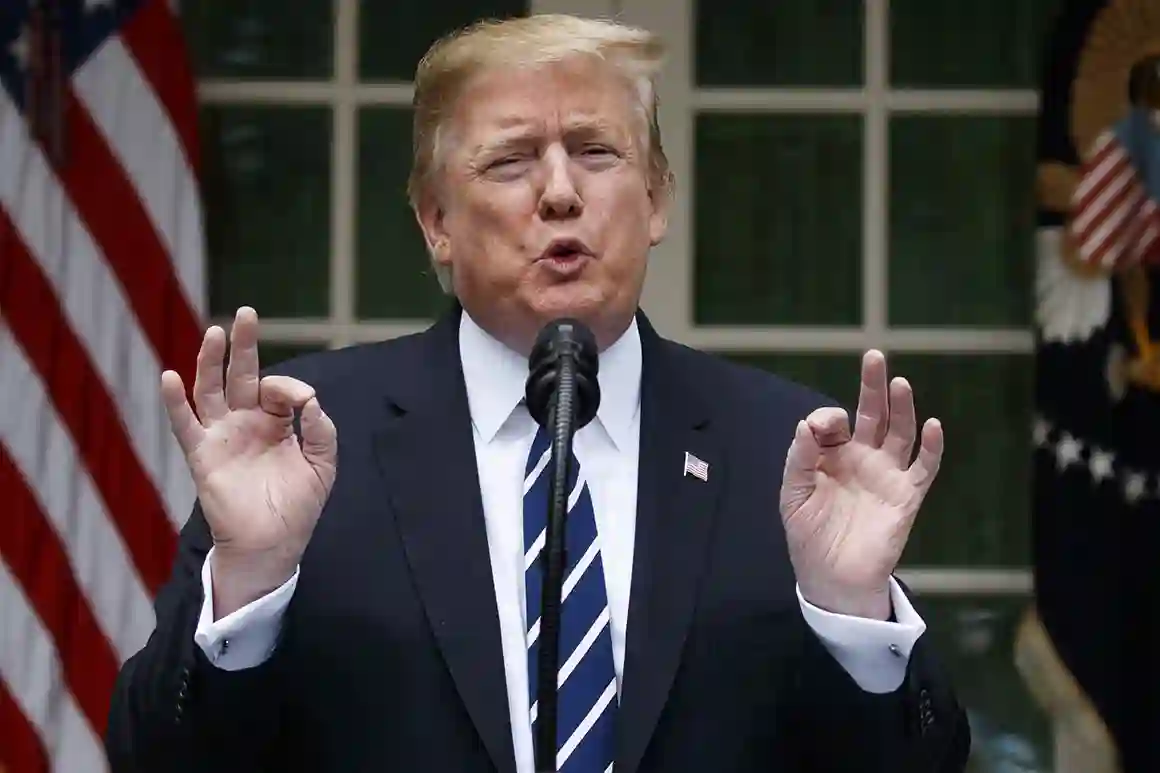
Vocal Techniques.
Trump’s voice is a key component of his debate strategy:
Body Language: Trump’s body language is assertive and dominant. He frequently leans into the microphone or steps forward during debates, occupying physical space to command attention. When making points, he often gestures with his hands, using wide, sweeping motions that reinforce his message and demonstrate confidence. His posture is aggressive, often standing with shoulders squared and head raised, which gives the impression of strength and power.

Tone of Voice: Trump’s tone varies dramatically depending on the situation. When rallying his supporters, he adopts an animated, almost conversational tone that can feel like he’s speaking directly to his base. During debates, he uses a blunt, almost confrontational tone that contrasts sharply with more traditional, polished politicians. His ability to raise his voice and create a sense of urgency often keeps viewers engaged, even if his arguments lack substance.
Volume Control: Trump strategically raises his voice to dominate conversations or speak over opponents, a tactic that can be seen as assertive or aggressive depending on the viewer’s perspective.
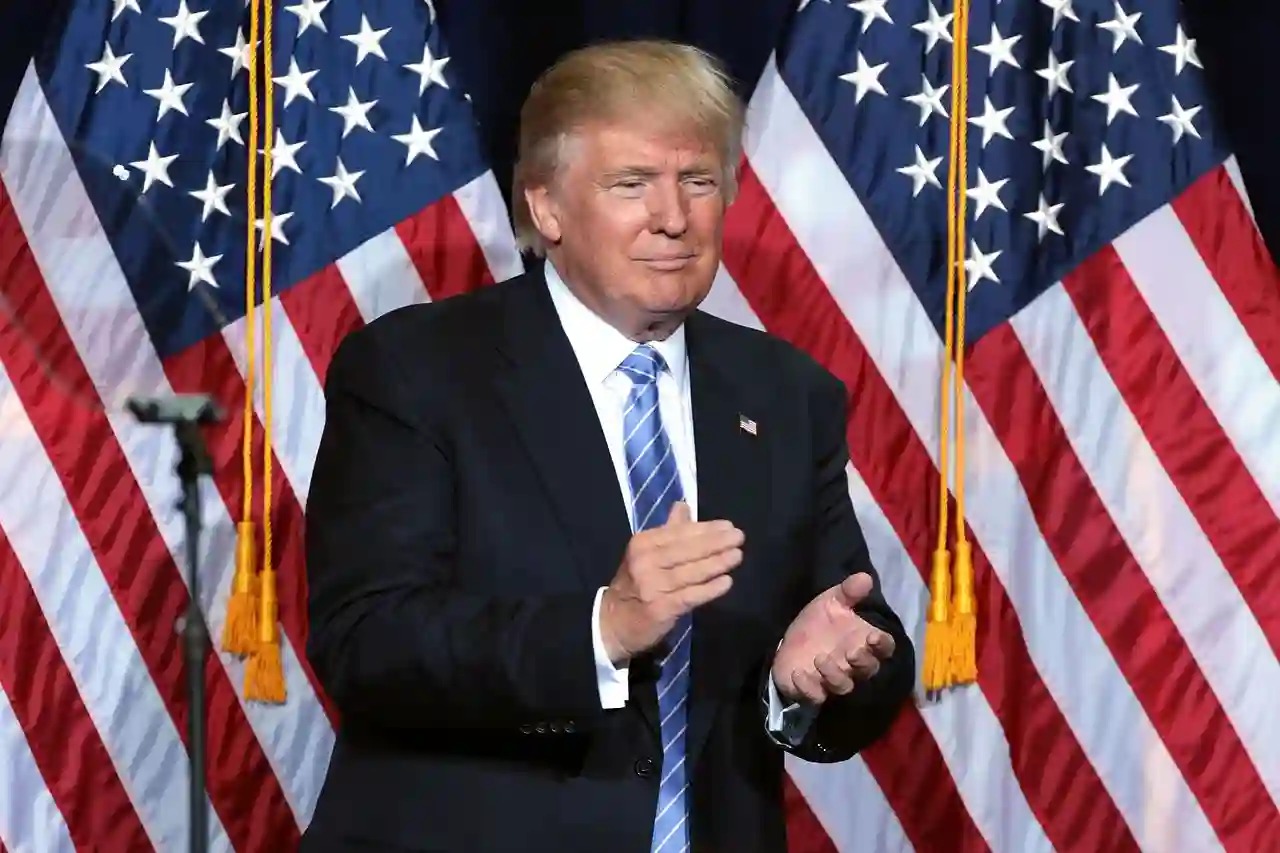
Response Types: Trump’s responses are characterized by his willingness to deflect and pivot. When asked a tough question, he often redirects the conversation toward his key talking points, regardless of the original query. He frequently employs the tactic of creating ambiguity around facts, using phrases like “many people are saying” or “nobody knows for sure,” which makes it difficult to directly refute his claims.
Why Donald Trump Appears Believable Despite Inaccuracies.
One of the most fascinating aspects of Donald Trump’s communication style is his ability to project believability, even when his statements are demonstrably false or misleading. This phenomenon can be attributed to several factors:
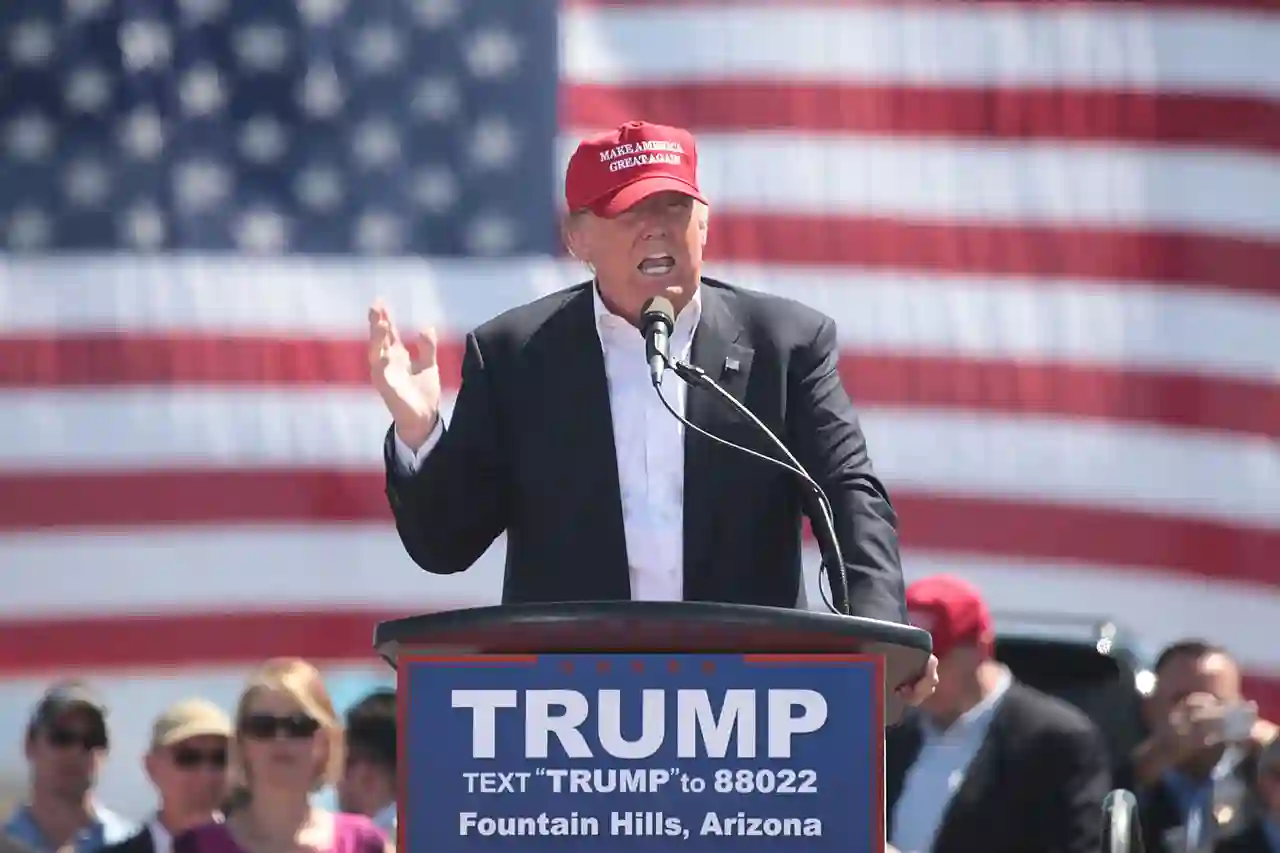
Confidence and Certainty: Trump speaks with an unwavering sense of certainty, regardless of the factual basis of his statements. He rarely hesitates or appears unsure, which makes his audience more inclined to trust him. Even when confronted with opposing facts, he doubles down on his assertions, giving the impression that he knows something others don’t.
Repetition of Key Phrases: Trump frequently repeats his key points, even when they are factually dubious. He frequently repeats key phrases or words for emphasis, a technique that helps reinforce his main points and makes them more memorable to the audience.
By reiterating his messages, he reinforces them in the minds of his listeners. This tactic, known as the “illusory truth effect,” makes repeated statements feel more believable over time, even when they are inaccurate.
Appeal to Emotions: Trump’s communication strategy is often less about conveying detailed information and more about evoking an emotional response. His ability to tap into the fears, frustrations, and desires of his audience makes his statements resonate on a deeper level. For example, during the 2016 presidential campaign, his repeated claims about “building the wall” tapped into his supporters’ concerns about immigration, making the slogan more powerful than any factual debate over its feasibility.

Us vs. Them Narrative: Trump frequently frames issues in terms of a battle between “us” (his supporters) and “them” (the media, elites, or opposing politicians). This binary framing simplifies complex issues and gives his supporters a clear sense of who the enemy is, making it easier for them to rally around his message.
Addressing Controversies.
Trump’s approach to handling controversial topics during debates is notable:
Direct Confrontation: When faced with challenging questions, such as those about his administration’s handling of the COVID-19 pandemic in 2020 debates, Trump maintains unwavering eye contact and a strong posture, projecting confidence in his responses.
Counterattacks: Rather than becoming defensive, Trump often responds to criticisms by launching counterattacks on his opponents or redirecting the conversation to more favorable topics.
Assertion of Accomplishments: In the face of controversies, Trump frequently pivots to listing what he perceives as his achievements, using forceful language and gestures to underscore his points.
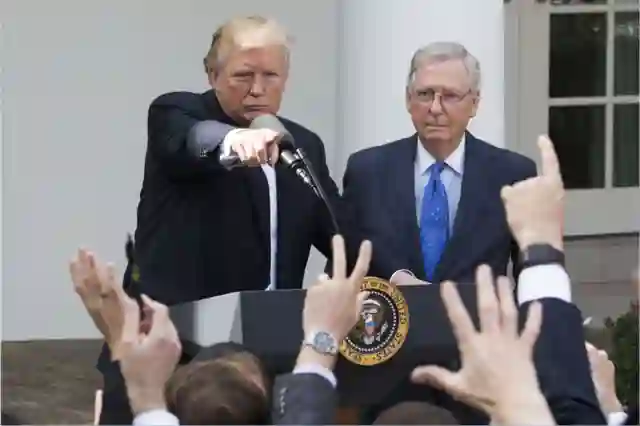
Believability in Communication.
A fascinating aspect of Trump’s communication style is his remarkable ability to seem believable, even amidst inaccuracies. This often stems from a combination of his assertive tone and persuasive body language, which creates a sense of trust and authority. For many voters, it’s not just the facts he presents but the confidence with which he delivers them that resonates. His straightforwardness and willingness to speak without hesitation instill an impression of honesty, which can overshadow the content’s accuracy.
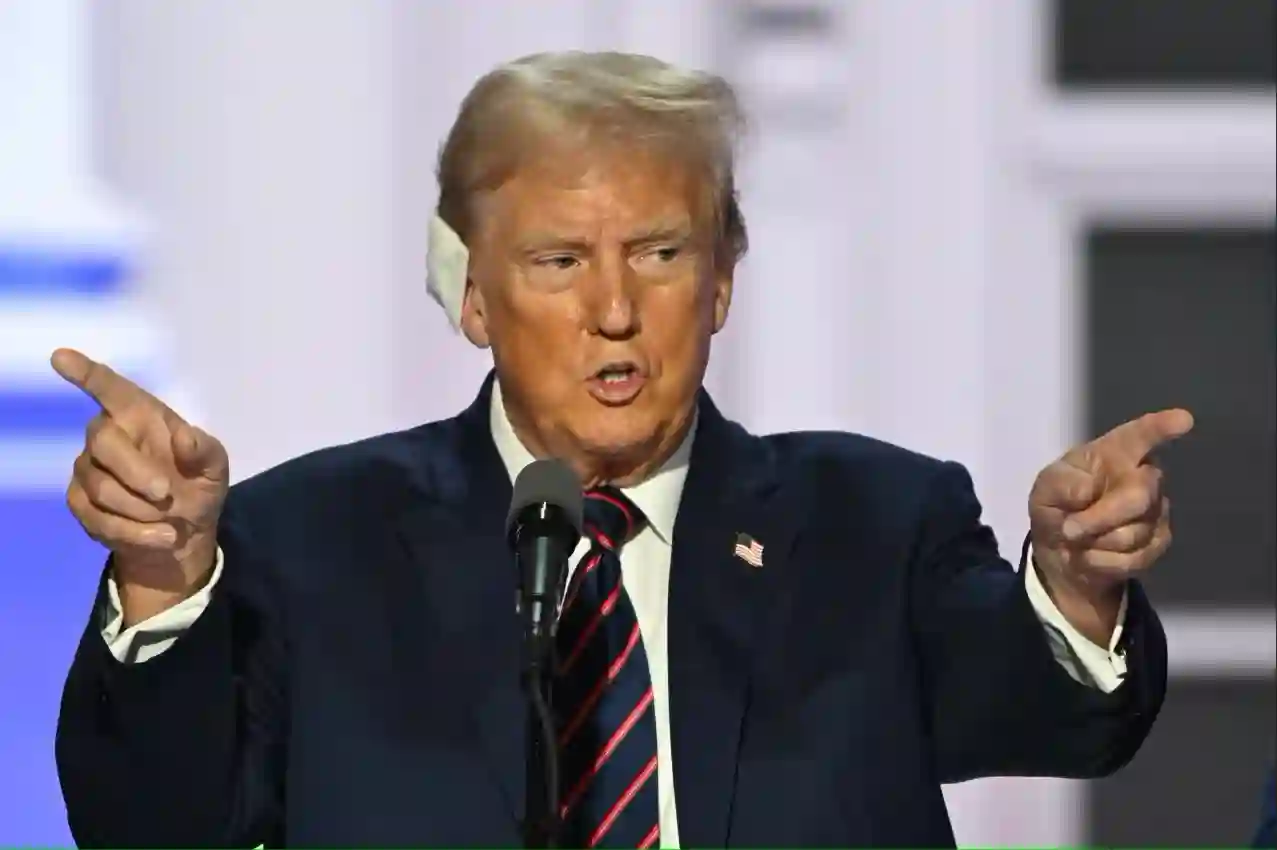
Conclusion.
Both Kamala Harris and Donald Trump use a variety of communication styles to their advantage during debates and interviews. Harris’s poised demeanor and controlled tone make her a credible and authoritative figure, while Trump’s bold body language, confident tone, and emotional appeal allow him to captivate his audience. Regardless of one’s political stance, these two figures demonstrate that effective communication in politics is not just about facts—it’s about how those facts are delivered and how they resonate emotionally with voters.
Check out our PR and Media Training Workshop to Jumpstart your Publicity
More Speaker & Presentation Posts:

Like what you read? Share it!
Disclosure: Some of the above may be affiliate links that I will be compensated for at no cost to you. They are products or services I’ve either used, vetted or trust. Enjoy!
WE THOUGHT YOU’D ALSO LIKE THESE POSTS

























